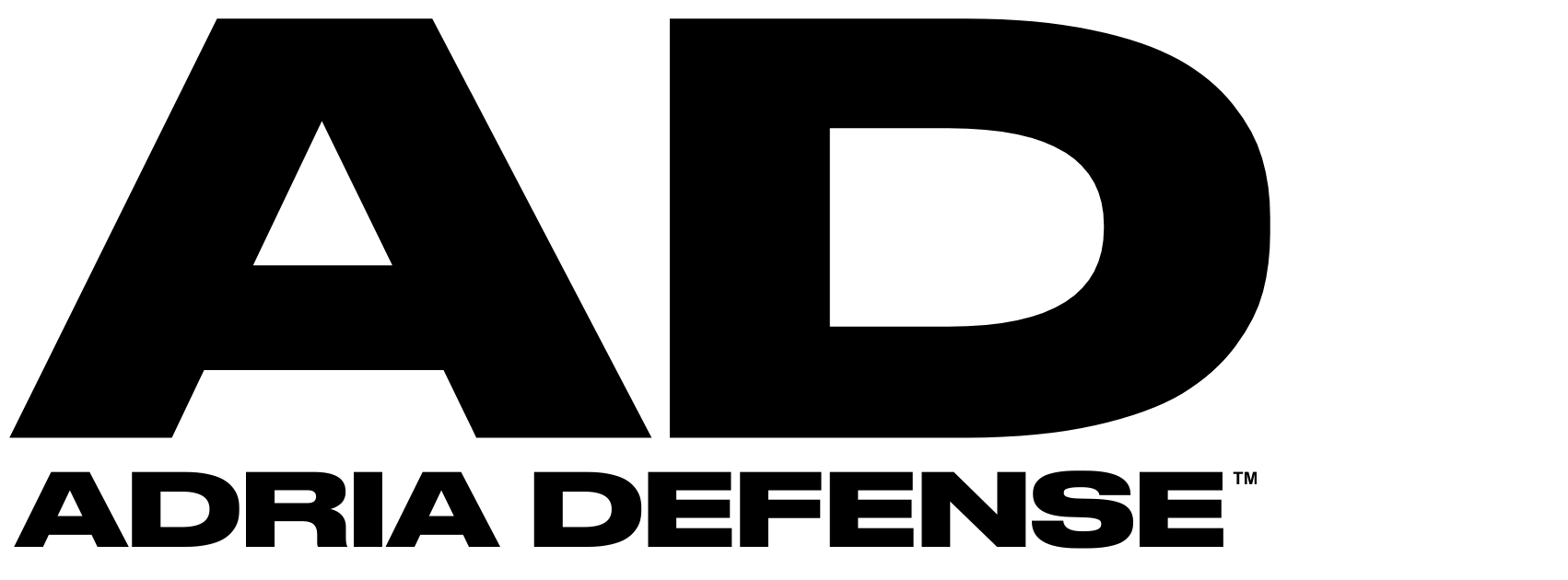Europe’s Defense Industry Poised for Decade of Double-Digit Growth, Redburn Forecasts
Europe’s rearmament push is fueling a decade-long boom for its defense industry, with revenues forecast to grow 10.5% to 11.5% annually as nations meet NATO’s 2035 targets. Germany and Eastern Europe lead the surge, while fiscal strains and politics could test the continent’s resolve.

PARIS — Europe’s rearmament drive is setting the stage for an unprecedented boom in the continent’s defense sector, with annual revenue from European customers projected to grow by 10.5% to 11.5% over the next decade, according to a new report from financial research firm Rothschild & Co. Redburn.
The surge reflects a historic shift in defense priorities across Europe, as nations accelerate military investments to meet NATO’s 2035 spending targets and confront a deteriorating security landscape shaped by Russia’s war in Ukraine.
“The European defense industry’s backlog should continue to expand at a faster rate than it is consumed for years,” analysts Olivier Brochet and Joe Orchard wrote in the Oct. 2 report.
From Underspending to Overdrive
Countries that have historically underspent—most notably Germany—are leading the charge, alongside states in Eastern Europe positioned “uncomfortably close” to the Russian threat. Defense budgets across the European Union rose 19% in 2024 to a record €343 billion, and are set to climb to €381 billion this year, according to the European Defence Agency.
The analysts estimate that by 2035, Europe’s defense equipment spending could reach 1.2% to 1.4% of GDP, more than double current levels—outpacing the United States, where procurement is expected to remain near 1% of GDP.
If sustained, this trajectory would see European defense revenue tripling by 2035, marking a generational shift in industrial capacity and strategic autonomy.
Backlogs Swell as Orders Surge
European defense companies are already feeling the impact. Order backlogs have grown sharply, reaching an average of 3.9 years of sales in 2023–24, up from three years during the previous decade. Yet production output has not kept pace: only 30% of backlogs were fulfilled in 2024, compared with 34% annually between 2013 and 2021.
The report predicts the ratio will normalize as factories scale up, driving a long-term compounding effect on revenue.
Germany and Eastern Europe Lead the Expansion
The strongest momentum is in land armament and air defense, with German and Eastern European firms capturing the fastest growth.
Combined sales of six German defense groups—Rheinmetall, KNDS, Hensoldt, TKMS, Diehl, and Renk—grew 16% annually from 2020 to 2024.
In Eastern Europe, a cohort including PGZ, CSG, Colt CZ, VMZ, Romarm, and WB Group expanded at a remarkable 33% compound annual rate, aided by mergers and acquisitions.
“Local players disproportionately benefit from defense spending, as countries aim to reinvest taxpayer money into domestic economies,” the analysts noted—especially evident in Germany, Poland, and the Baltic states.
M&A and Joint Ventures Reshape the Market
Strategic partnerships and acquisitions are becoming the engine of Europe’s defense consolidation.
Rheinmetall and Leonardo have aggressively pursued joint ventures, while Thales and BAE Systems have leveraged entrenched local positions to capture contracts.
American companies are also embedding through partnerships: Anduril with Rheinmetall, Kratos with Airbus, Lockheed Martin with Rheinmetall, and RTX with MBDA in missile defense.
The analysts predict that “the nimblest companies” using these models will capture a disproportionate share of the growing procurement budgets.
Focus on Air Defense and Counter-Drone Warfare
Priority investments are converging around air defense, ground forces, and next-generation strike capabilities. The drone and counter-drone race remains fluid: in Ukraine, new drone systems and their countermeasures evolve within three-month cycles, underscoring the risk of obsolescence.
“Until the Russian threat crystallizes, governments may hesitate to stockpile drones that risk becoming outdated within months,” the report cautioned.
Fiscal and Political Constraints Loom
Despite the bullish outlook, Redburn warns that funding challenges could temper growth, particularly in France, Italy, Spain, and the United Kingdom, all burdened by high public debt.
Sustained public support for rearmament is also uncertain.
“Trading social security for defense security could trigger political backlash,” the analysts wrote, predicting that future elections could test Europe’s resolve and “risk backtracking on rearmament plans.”
A post-war market correction could add further pressure if an influx of battle-proven, low-cost systems—especially drones and ammunition—emerges from Ukraine.
Diversified players like Thales, BAE Systems, and Rheinmetall—now expanding into missiles, satellites, and naval systems—are seen as best positioned to weather a downturn.





